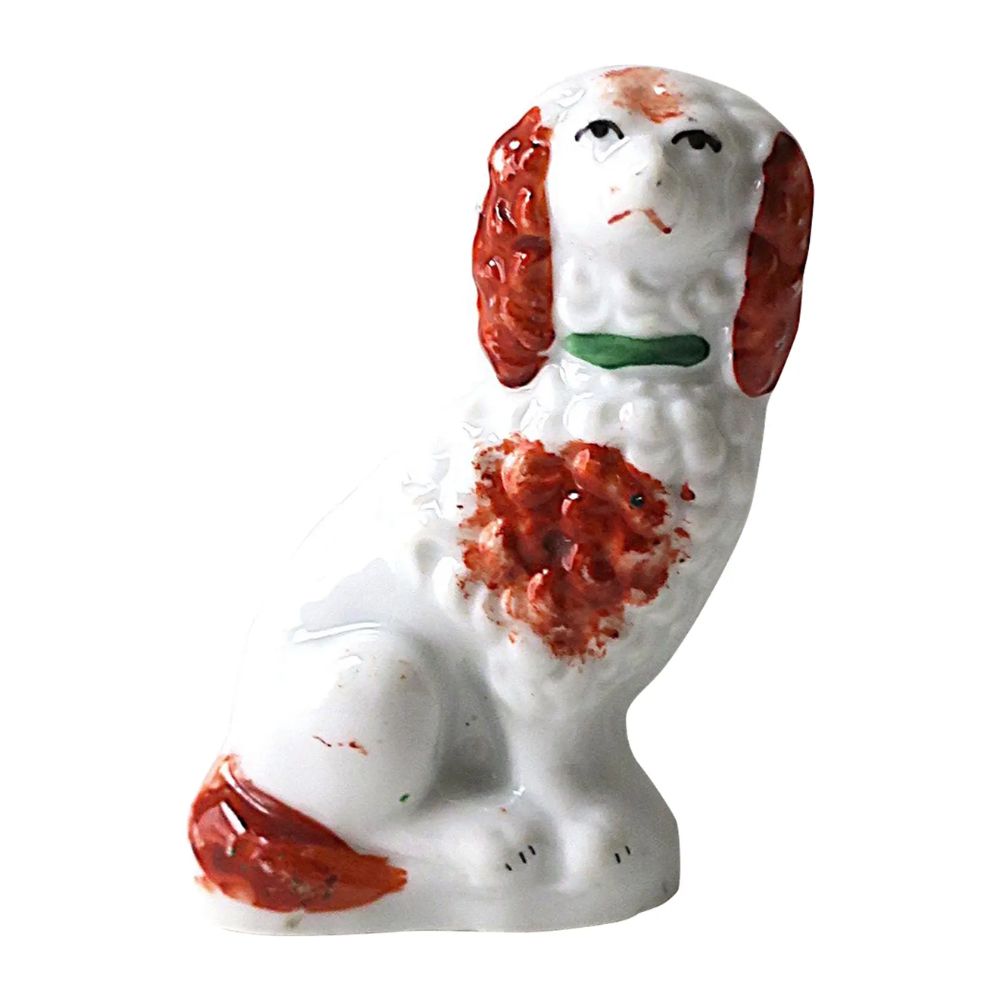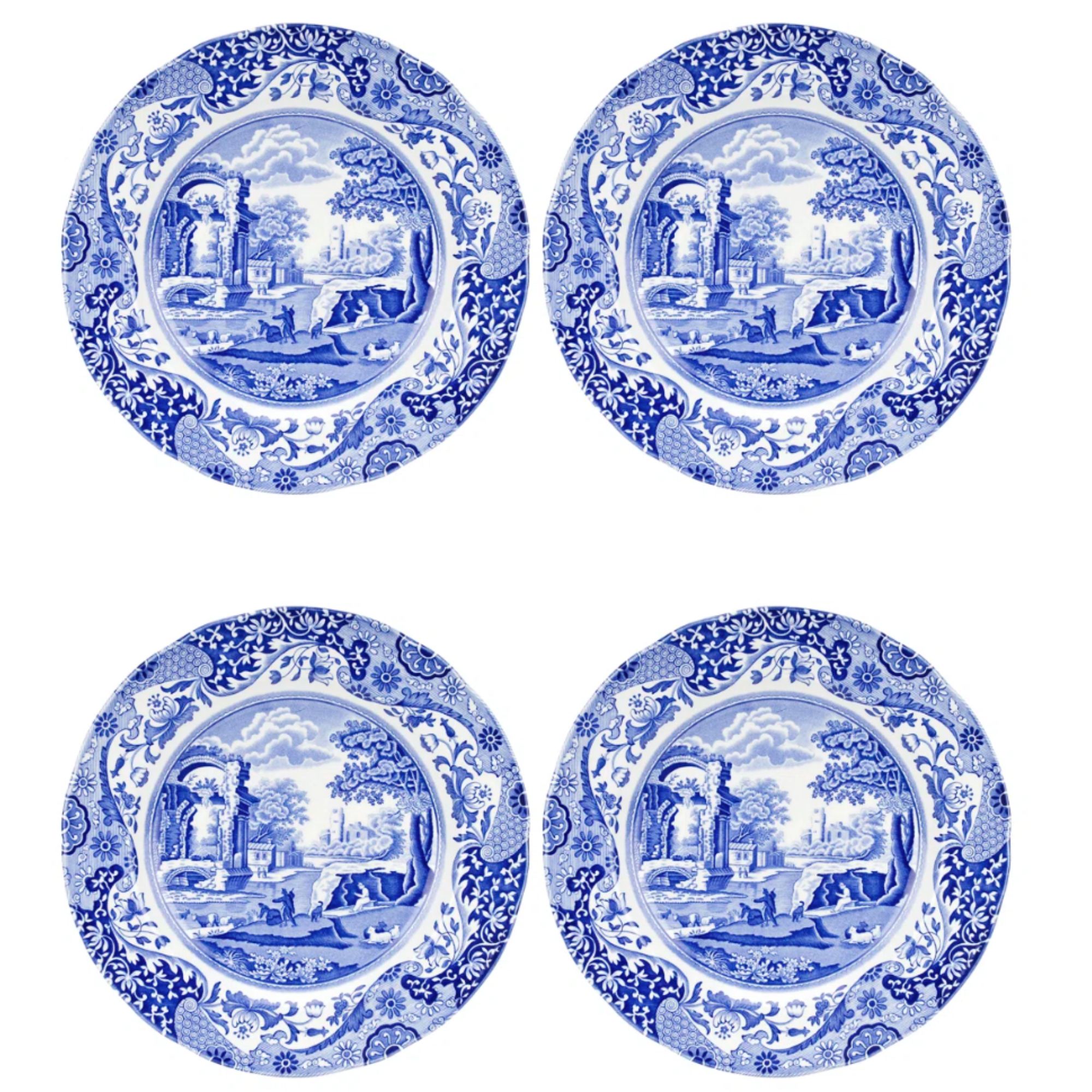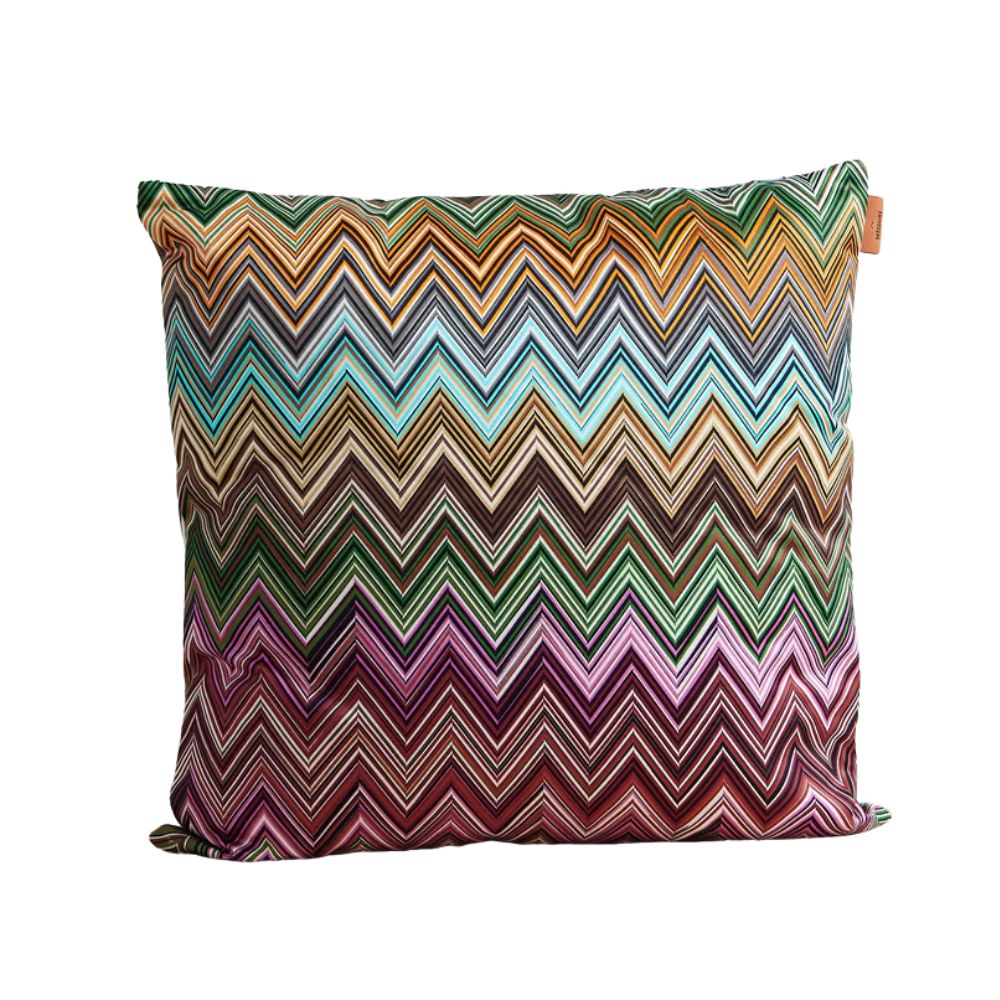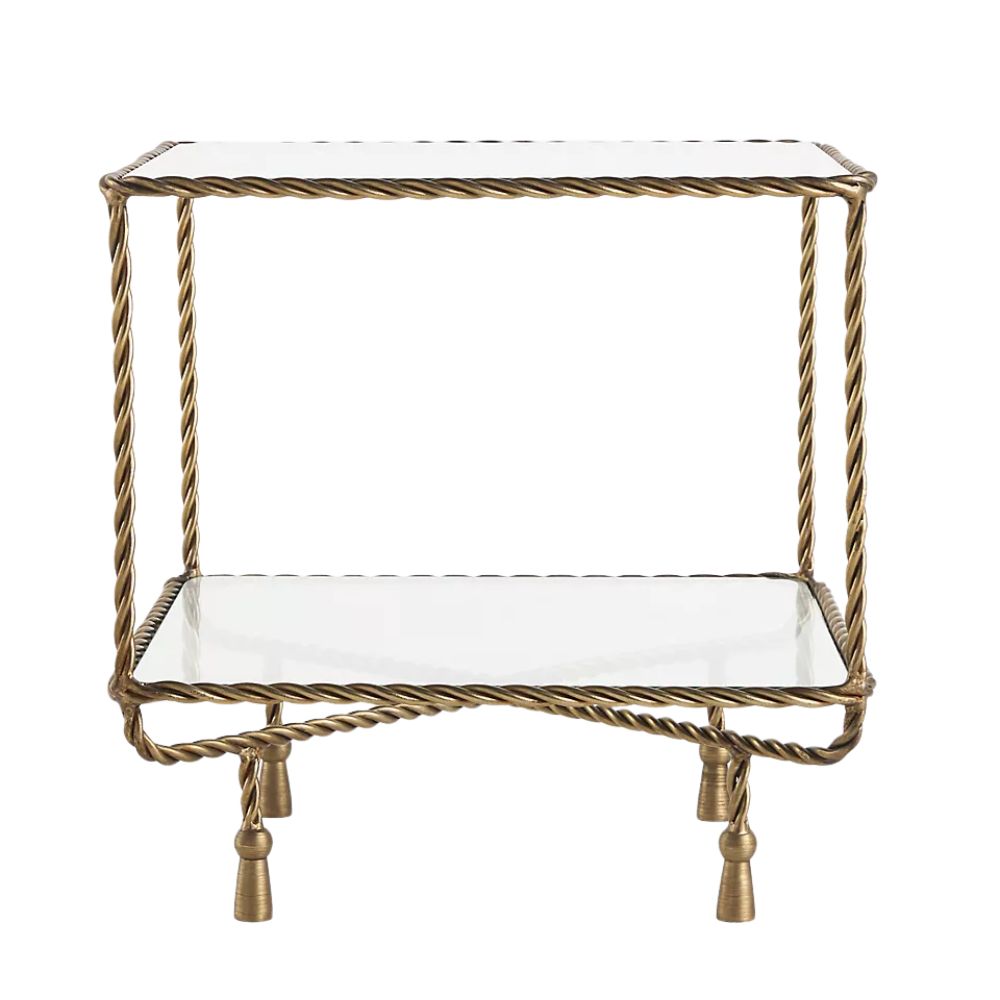This time last year, everyone was obsessed with quiet luxury – but the new trend for heritage maximalism is just as classic but far more exciting
From antique furniture to patterned wallpapers, this look proves that more really is more
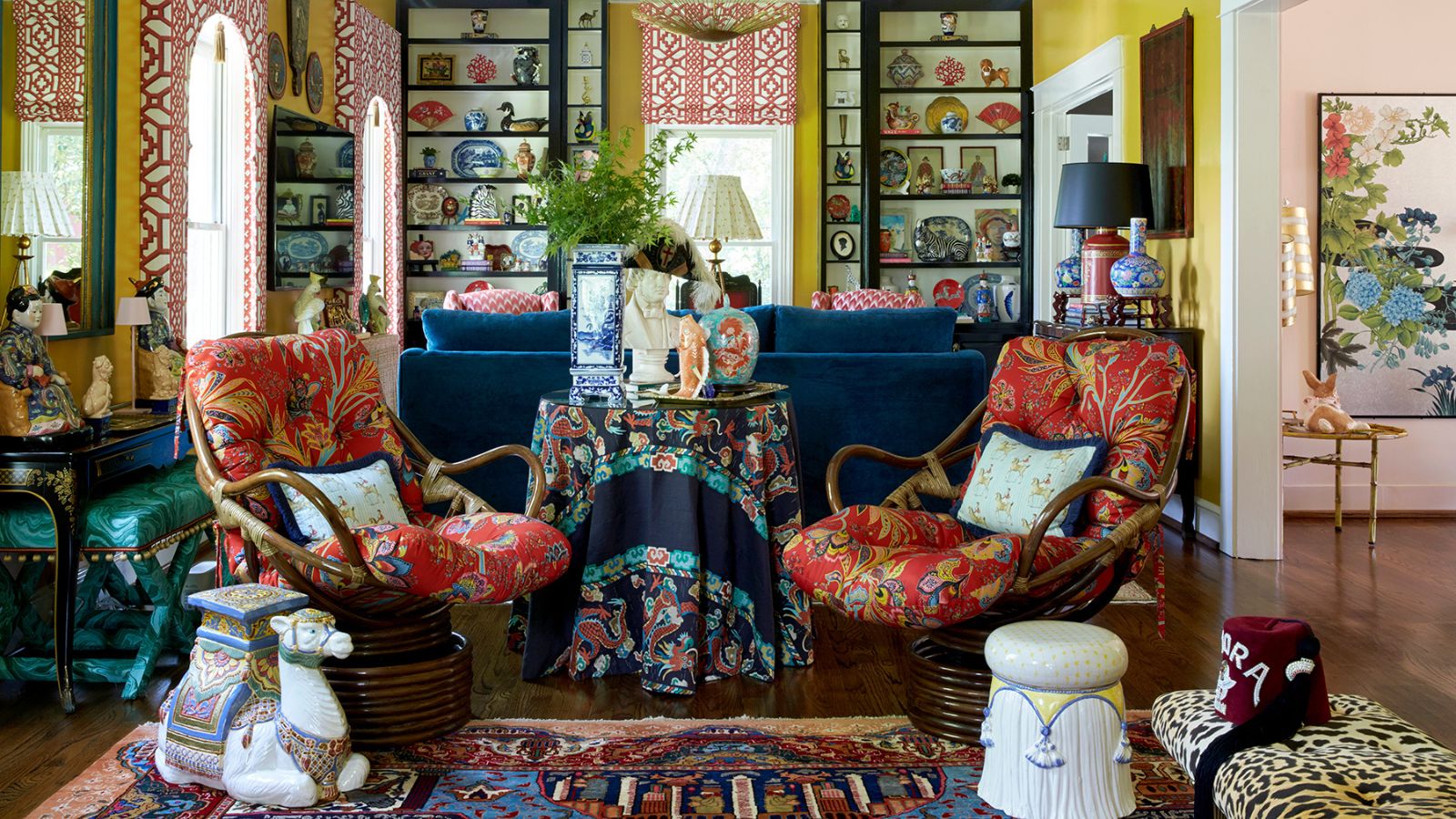

Heritage maximalism is quickly emerging as one of the most distinctive design trends of the moment, blending the charm of traditional interiors with the expressive vibrancy of maximalist style.
At its core, this look is about celebrating history, craftsmanship, and personality through layered, character-rich spaces. Unlike fleeting interior design trends, this eclectic style is rooted in character, storytelling, and a celebration of what makes a home truly unique.
Of course, creating a space with such nuance requires an expert eye. Below, interior designers share exactly what defines this old-meets-new trend and how to bring heritage maximalism into your own home with ease.
What is heritage maximalism?
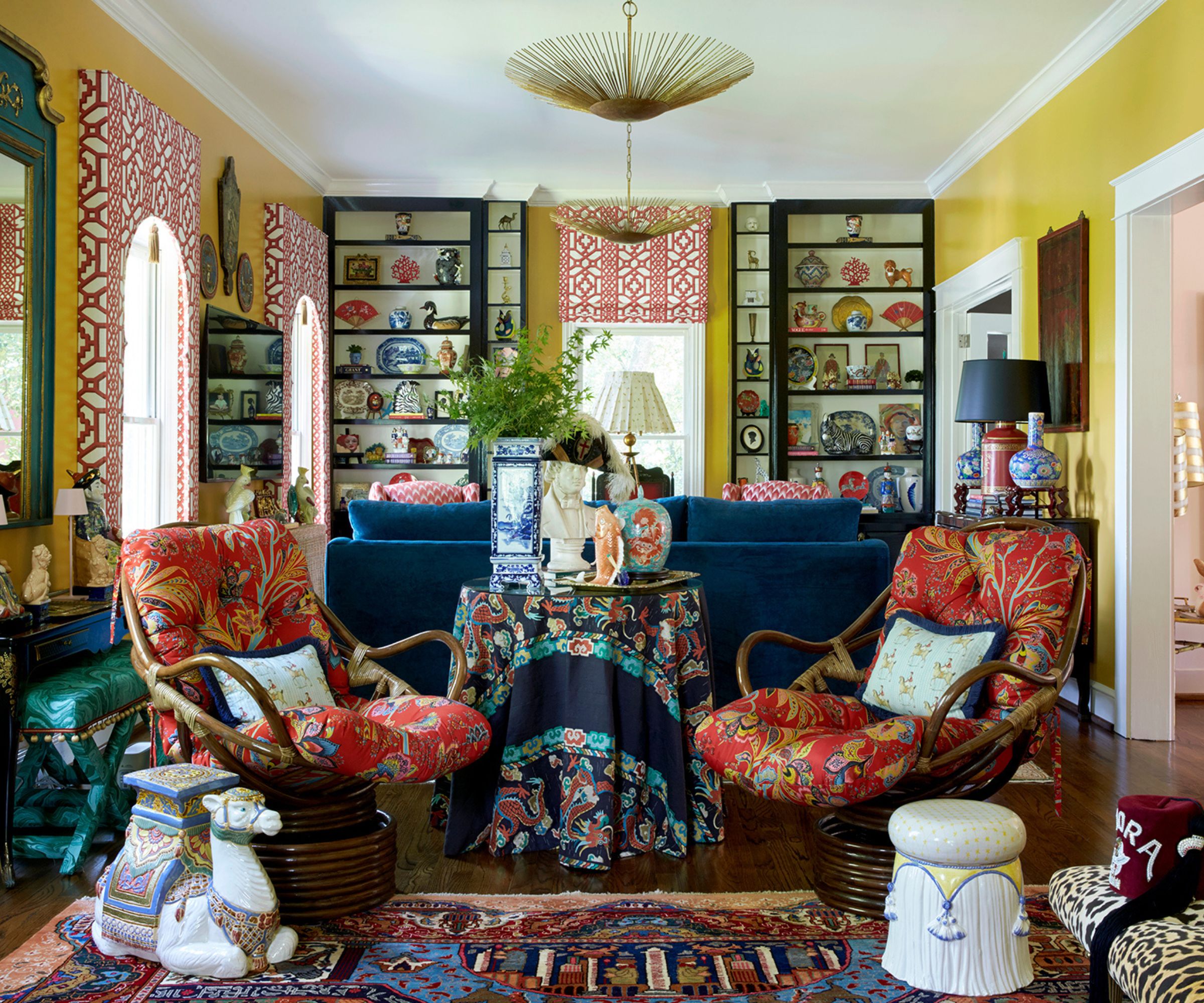
Rising in popularity on Pinterest, heritage maximalism is a combination of two interior design styles: classic traditional decorating ideas and the opulence of maximalist homes. More than just a boldly decorative interior design style, heritage maximalism is a concept that feels collected over time and bursting with personality.
But where traditional maximalism can sometimes lean into visual chaos, heritage maximalism is about intention. It layers color, pattern, and collected objects, but always with meaning and a deep respect for decorating with vintage.
Designer Nina Lichtenstein describes it as: 'After years of clean lines, neutral palettes, and the decluttered calm of minimalism, a new movement is stepping forward – not in opposition – but as a soulful reclamation of depth, history, and identity. Heritage maximalism is less about traditional 'more is more' and more about what you choose to surround yourself with and why.'
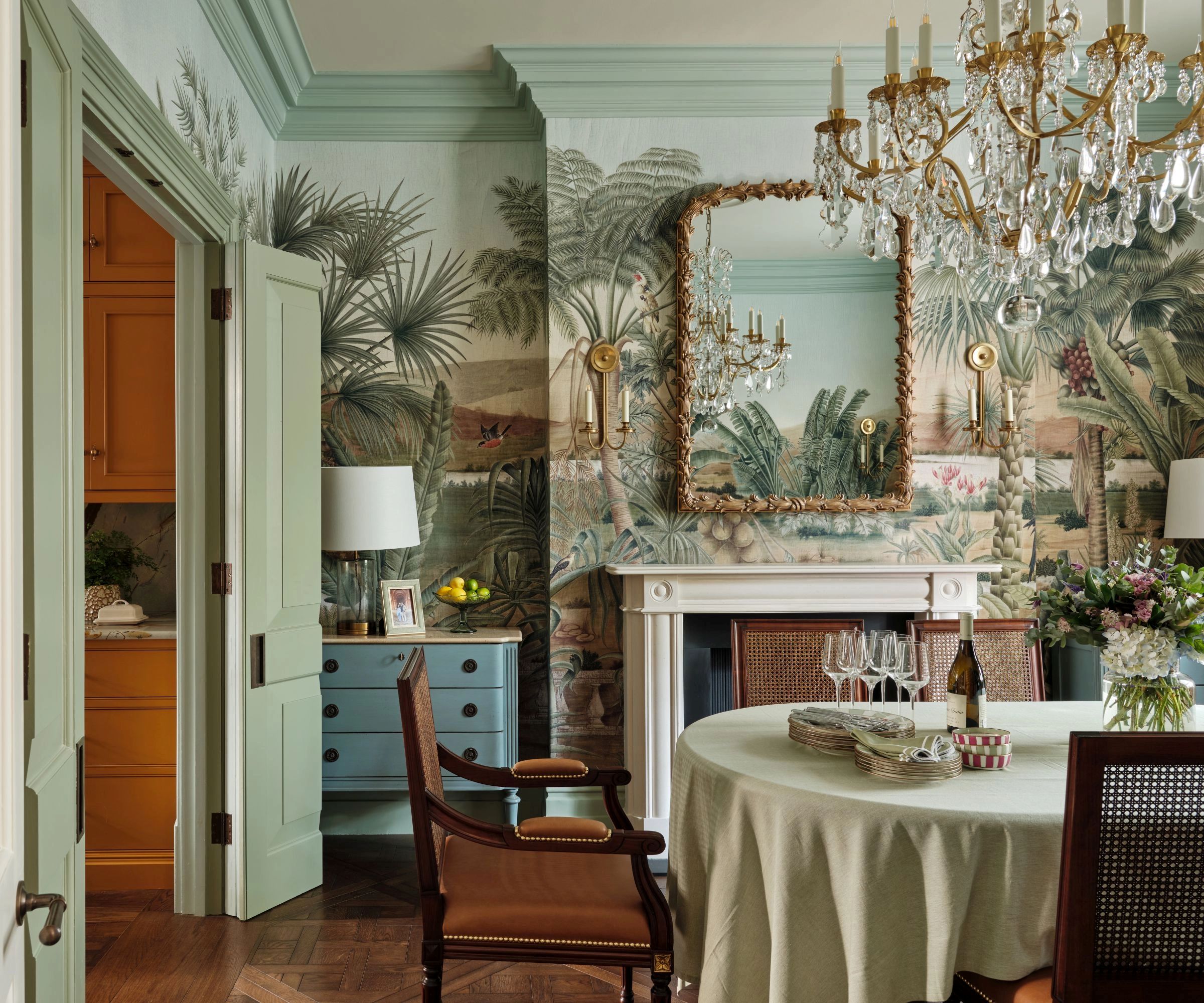
That sense of history is grounded in materials and craftsmanship. As designer Tanner Morgan of Morgan Madison Design puts it, 'Heritage maximalism weaves history and texture through vintage and antique pieces that bring depth and authenticity. Rich materials and thoughtful details create dramatic moments, giving the space a soulful, purposeful feel. Collected over time, each element allows the room to breathe with layered warmth and timeless appeal.'
Design expertise in your inbox – from inspiring decorating ideas and beautiful celebrity homes to practical gardening advice and shopping round-ups.
'Heritage maximalism is a growing movement driven by a desire for nostalgia and authenticity. It leans into layered history, storytelling through objects, and intricate detailing,' adds Kailee Blalock from House of Hive Design Co. 'In interiors, this translates to going the extra mile with custom touches. Think furniture with carved detailing, trim work that feels heirloom-quality, or drapery with elaborate borders and tassels.'
Together, these elements create a style that feels lived-in, layered, and timeless. Here's how to really break down the trend.
How to achieve the heritage maximalist look

1. Start with meaningful foundations

Rather than rushing to fill a room with decorative layers, the look begins with strong foundations like your room color, flooring, and staple furniture items – pieces that anchor the space and set the tone for everything else to shine.
'Heritage maximalism, to me, is about embracing history without feeling stuck in it. It’s the art of layering old and new to create a space that feels personal and evolved,' says interior designer Sherrell Neal, founder and principal of Sherrell Design Studio. 'Consider case goods and tables rooted in traditional craftsmanship. These foundational elements help anchor a room and create contrast when paired with more contemporary pieces.'
'To make it feel fresh, layer in fabrics, artwork, rugs, and window treatments that reflect how we live today,' she adds. 'The result is a space that tells a story and holds a sense of permanence, without ever feeling static.'
2. Layer with texture and pattern
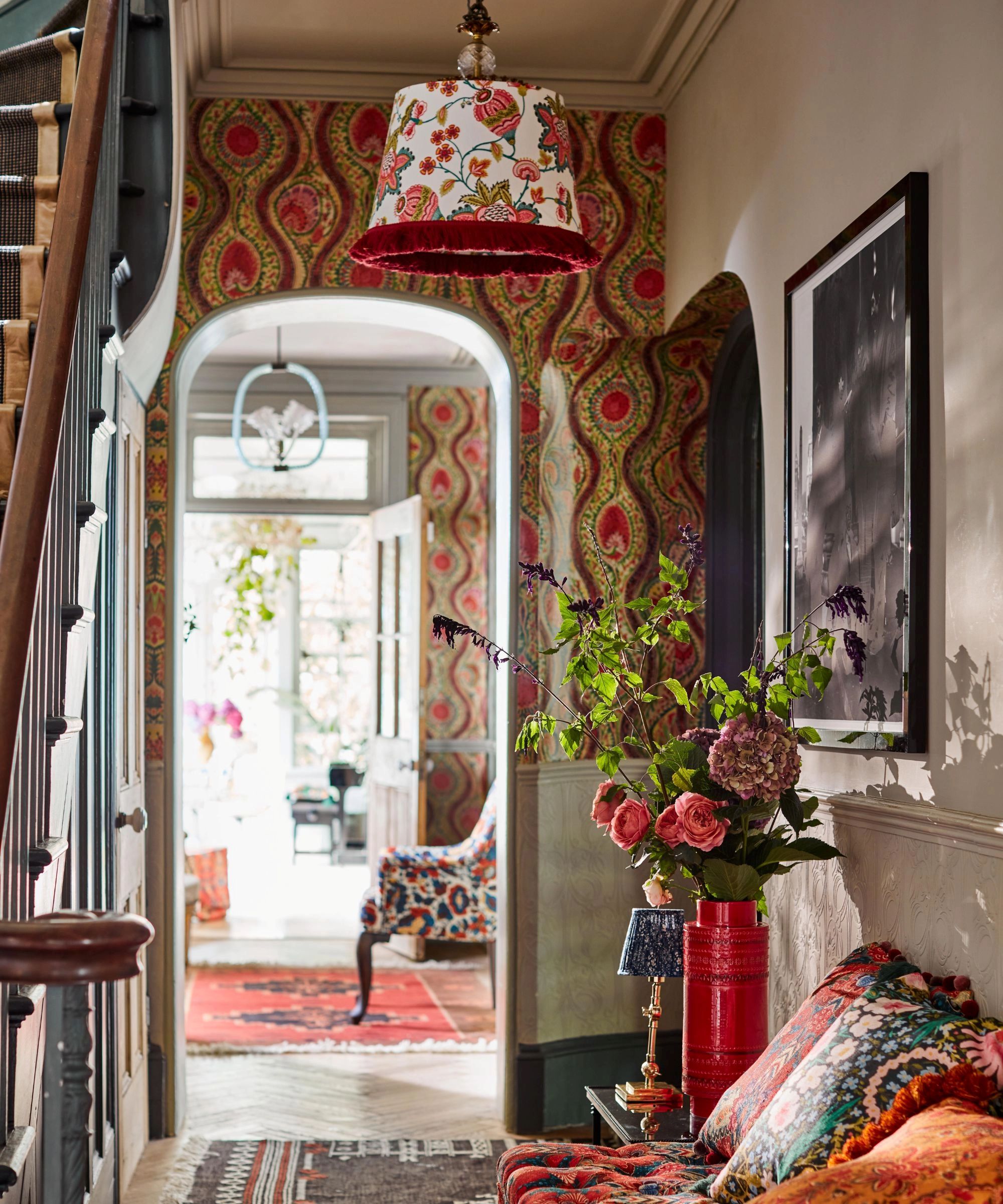
Once you’ve established the foundational pieces, this trend then comes alive through layers of texture and pattern.
Pattern plays a central role here. 'Patterns are celebrated but often carry provenance – vintage tapestries, block-printed textiles, inherited quilts, or wallpapers that evoke historic homes. Mixing them is an art form, one that requires sensitivity to balance, tone, and narrative thread.'
Designer Danielle Balanis of Danielle Balanis Design agrees, noting that, 'Heritage maximalism is all in the mix, from patterns, to textures, to objects. You have to keep it interesting and fun!'
3. Tell your story through objects and collections
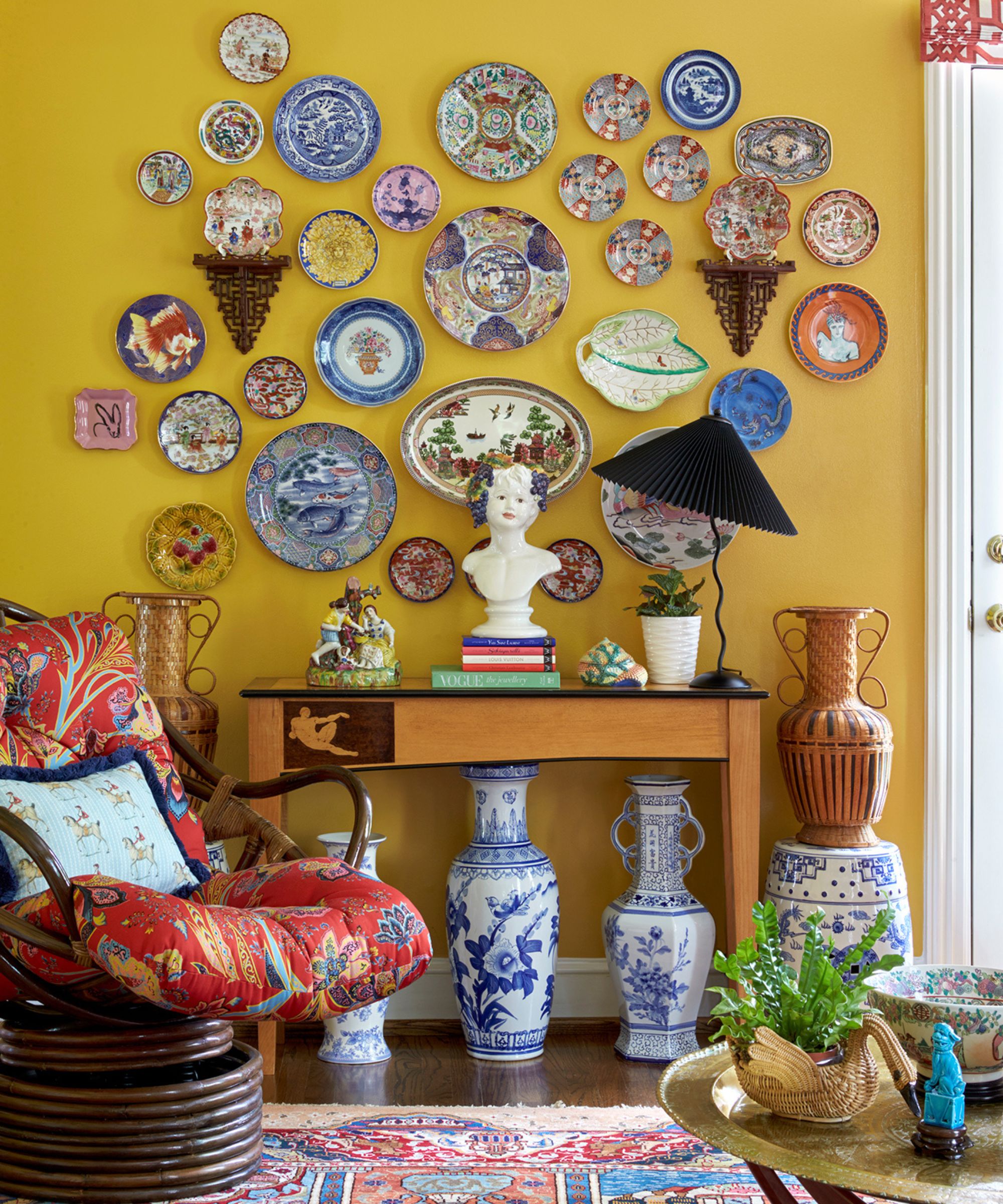
By thoughtfully mixing textures and patterns with history behind them, you create interiors that feel vibrant yet timeless – full of depth and character.
'It's the nostalgia of keeping all of grandma’s plates and even collecting some when you travel,' adds Danielle, who designed this eclectic space seen above. 'This is a maximalist approach to working with what you have and not getting discouraged over not having a full deck. I love this plate wall; it has so much soul.'
'Open shelving, glass-front cabinets, and layered mantels become spaces of intimate display. Not ‘styling,’ but storytelling,' adds Nina. 'Books with cracked spines. Handmade pottery. Old postcards tucked into mirror frames. Original art mixed with thrifted landscapes. In a heritage maximalist home, everything visible earns its place by having a history, whether personal or cultural.'
4. Balance old and new
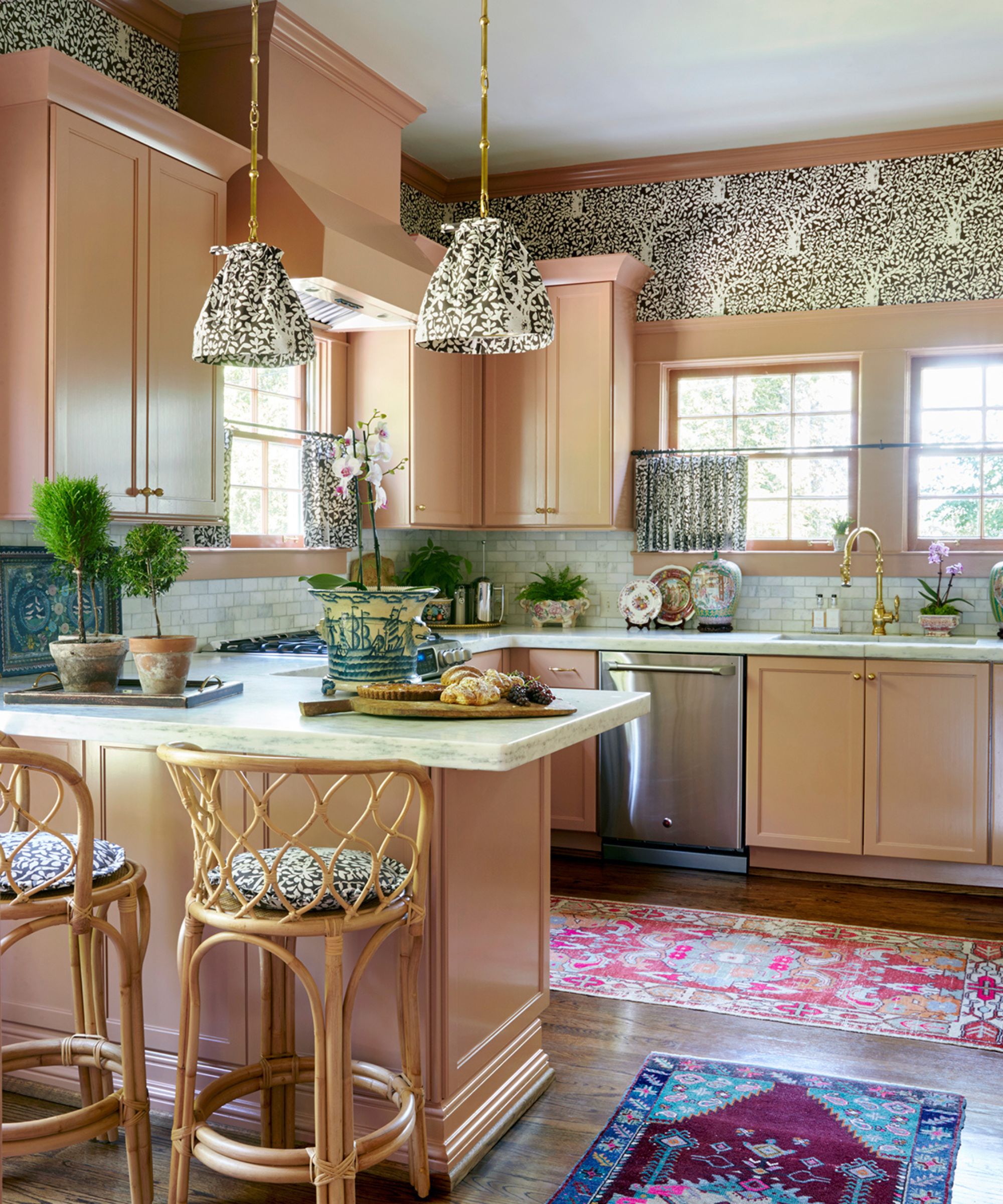
Heritage maximalism is rooted in transitional design and thrives on a blend of eras. But how do you get this balance right without going overboard?
'Old pillows that could be heirlooms on a new sofa, vintage coffee table paired with new chests – it’s all about making it work and feel right,' suggests Danielle. 'I love the marriage and juxtaposition of opposing ideas. The tension is perfect.'
'Filling a space with pieces collected over time feels less like a trend and more like a familiar rhythm of design,' agrees Sherrell. 'While we love discovering new productions in the marketplace, there’s something unmatched about the presence of well-built vintage or antique furnishings. Their timeworn character and rich wood tones bring depth, soul, and a quiet sense of grandeur to a home.'
Shop heritage maximalist decor
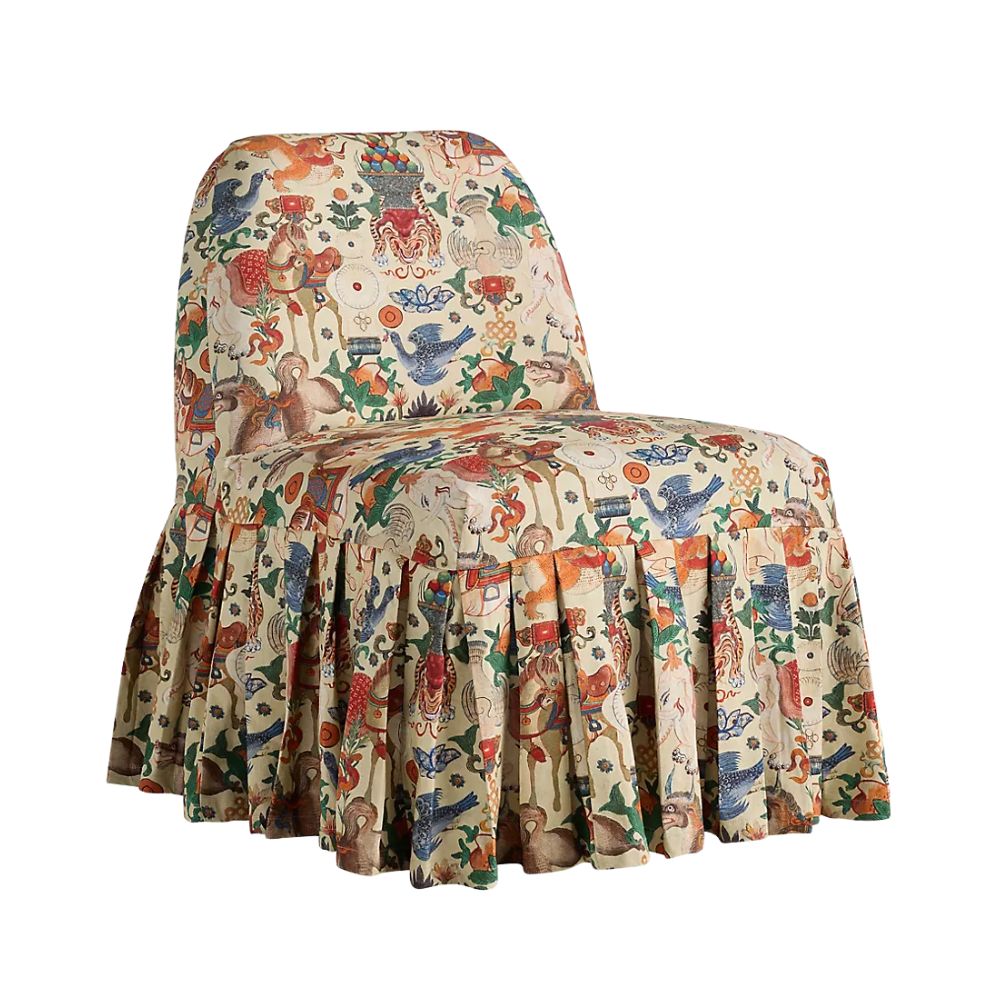
Designed to slip over the Amelia Stripe Cotton Slipper Chair and turn heads in your living room, this playfully patterned chair cover is made using 100% cotton and finished with a statement pleated ruffle.
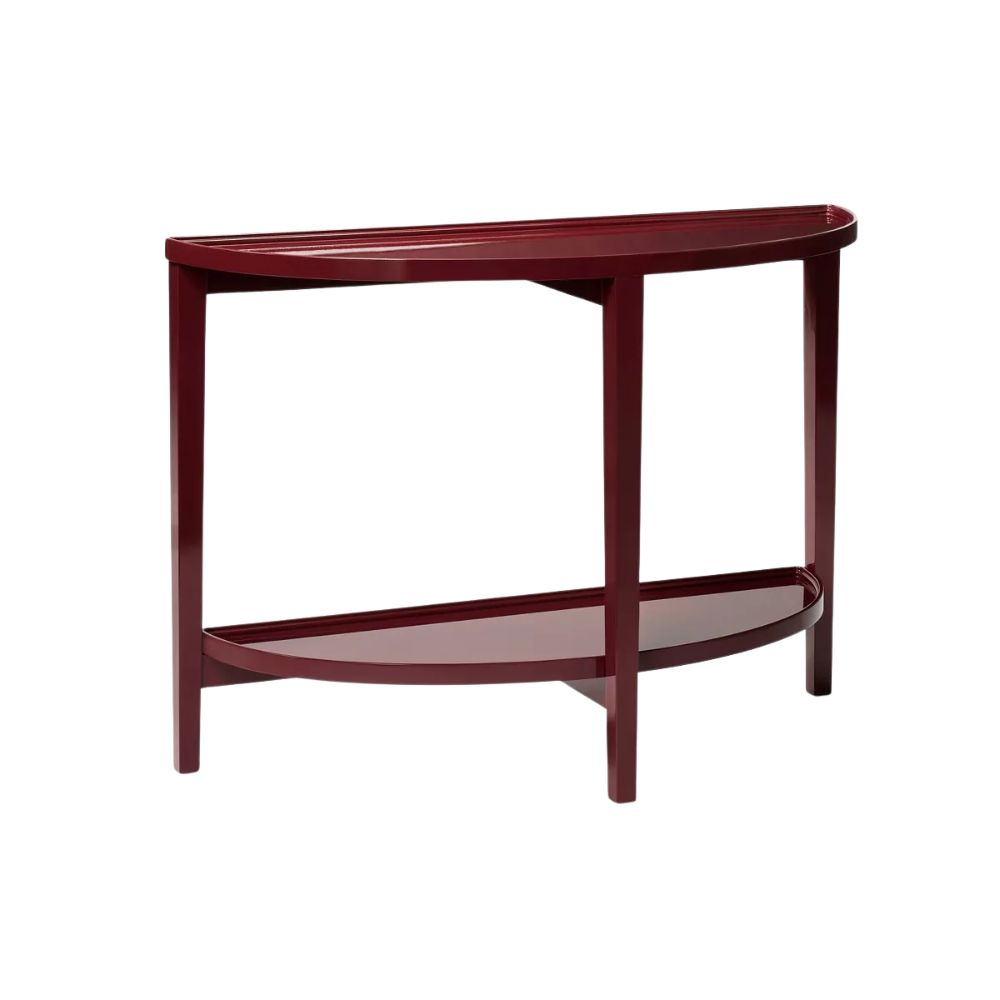
While lacquer is an age-old technique, it can add a contemporary flair to a space and help to balance out any brown wood antiques you might have collected. Designed by Shea with a half-moon shape, this console table is a great foundation for your bold vignettes.
The heritage maximalism aesthetic doesn't exactly follow a strict formula – it’s about curating a home that feels collected, personal, and layered. By grounding your rooms in craftsmanship, layering them with texture and pattern, and surrounding yourself with objects that hold meaning, you create a space that feels timeless yet vibrant and ever evolving.

Charlotte is the style and trends editor at Homes and Gardens and has been with the team since Christmas 2023. Following a 5 year career in Fashion, she has worked at many women's glossy magazines including Grazia, Stylist, and Hello!, and as Interiors Editor for British heritage department store Liberty. Her role at H&G fuses her love of style with her passion for interior design, and she is currently undergoing her second home renovation - you can follow her journey over on @olbyhome
You must confirm your public display name before commenting
Please logout and then login again, you will then be prompted to enter your display name.
